Return to Photo Index Return to Clickable Map Return to Home Page
Travel Pictures - TANZANIA - 1999
All images © Ron Miller
Tanzania may be the African nation that best embodies the Africa of our imagination, as it has exquisite game parks in addition to the continent's highest peak - Kilimanjaro. Tanzania also includes the fascinating island of Zanzibar where visitors can relax on tropical beaches as well as experience the appalling history of the slave trade. The parks I visited included Tarangire, Lake Manyara, Ngorongoro Crater, and Serengeti. Unlike many of the more managed game parks in Africa, the Tanzanian parks are truly wild and offer an authentic, African wildlife experience.
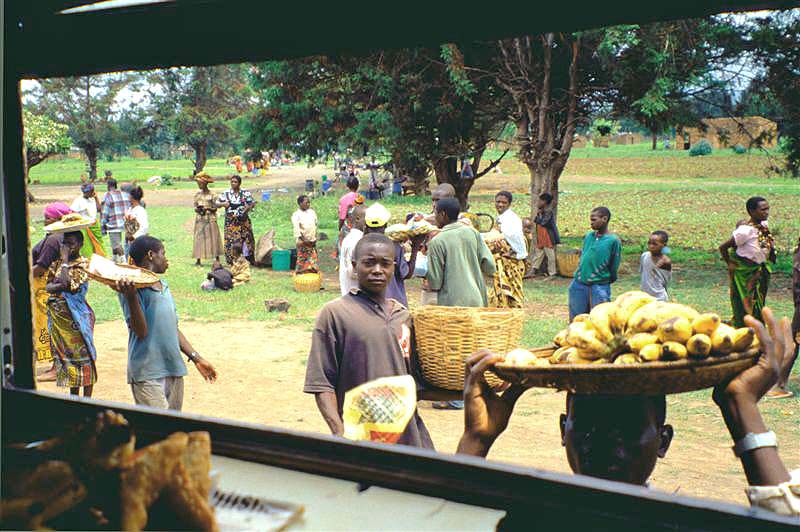
A drive-through window for trains? Villagers selling food at
a rural train stop -
Southern
Tanzania
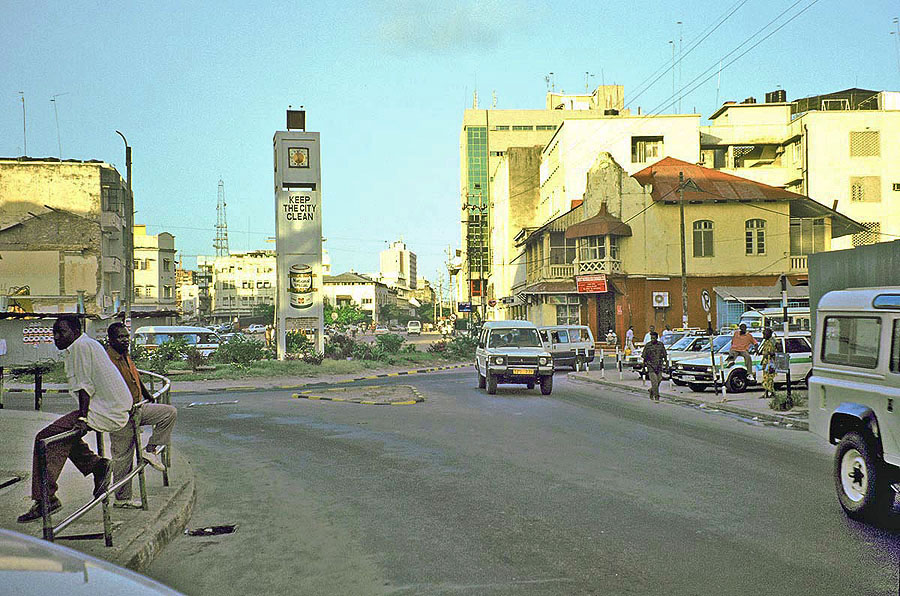
an interesting mix of cultures and has an overall unhurried feel about it. Although Dar es Salaam has character, it also has
the appearance of a city that was built in 1950 with regular maintenance ending shortly thereafter -
Dar es Salaam, Tanzania
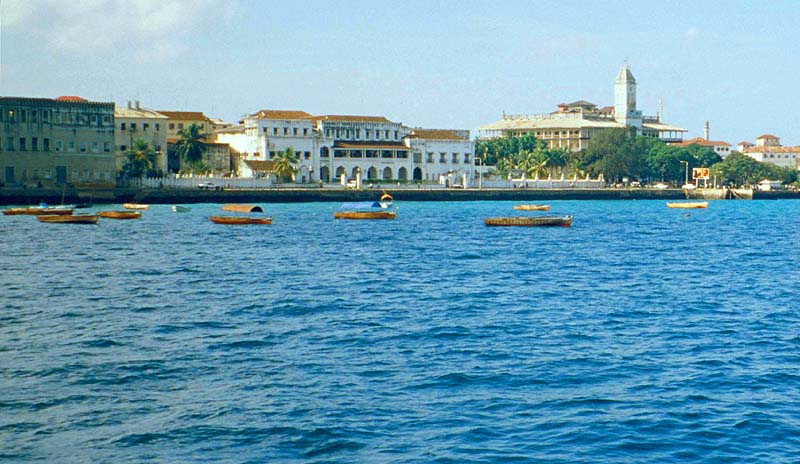
Zanzibar, Tanzania
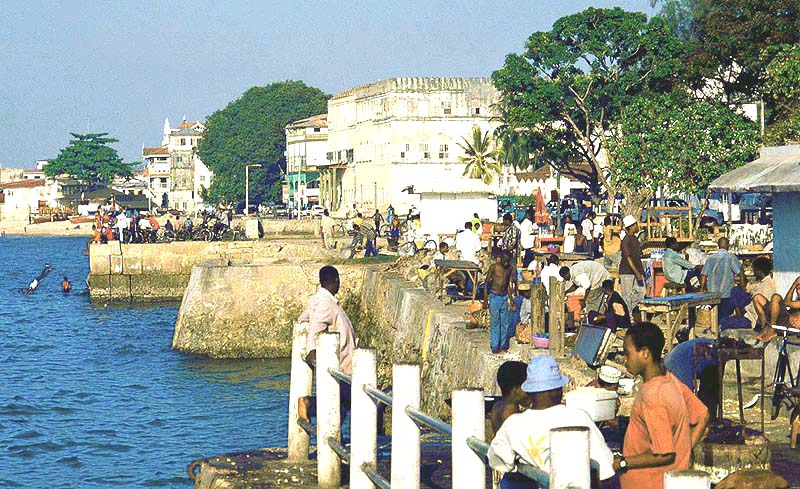
Stone Town; Zanzibar, Tanzania
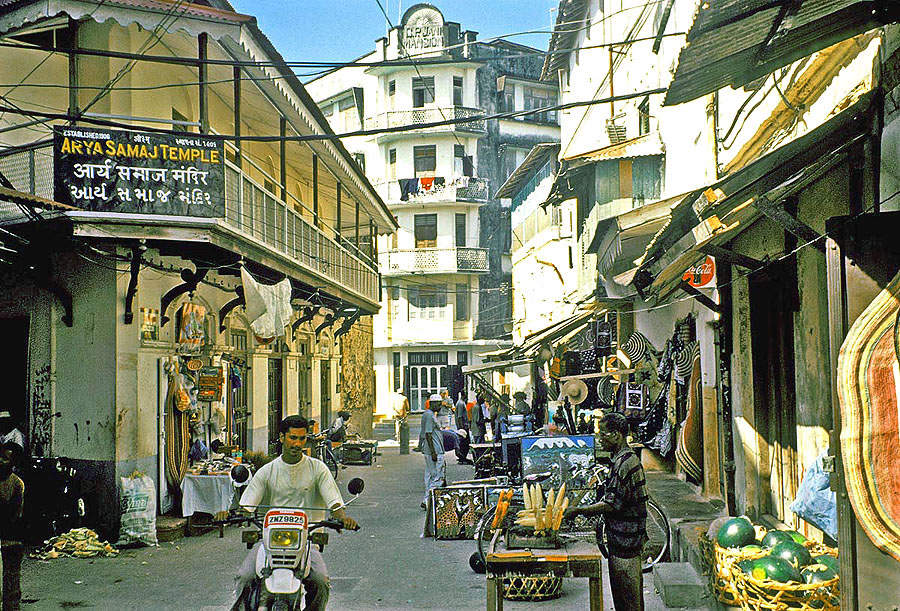
and carved wooden doors. Zanzibar, also known as the "Spice Island," has for centuries been the center of trade
in East Africa for exotic spices, ivory, and even slaves -
Stone Town; Zanzibar, Tanzania
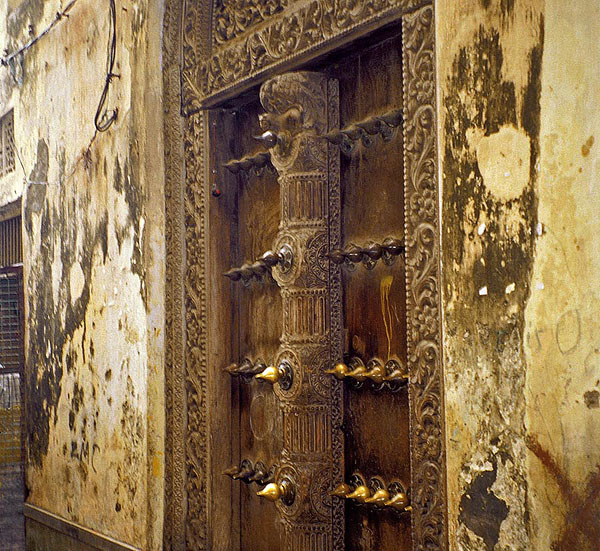
Stone Town; Zanzibar, Tanzania
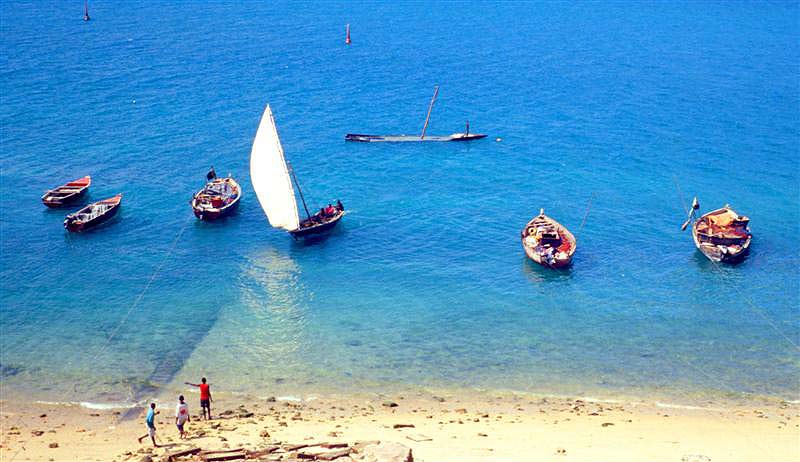
of the seven boats, one is active, five are underemployed, and one is "retired" -
Stone Town; Zanzibar, Tanzania
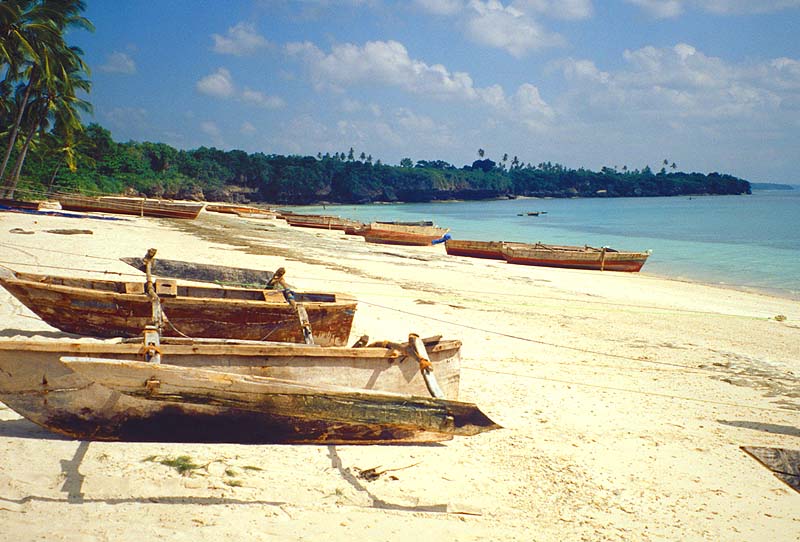
Zanzibar, Tanzania

slave trade, and within Stone Town is the site of the former slave market. Africans from the mainland were brought to Zanzibar in neck
chains where they were held in underground chambers before being auctioned off like cattle. Many died from disease and exhaustion,
but this was considered to be merely a weeding-out process so that only the strongest slaves would be brought to market -
Stone Town; Zanzibar, Tanzania
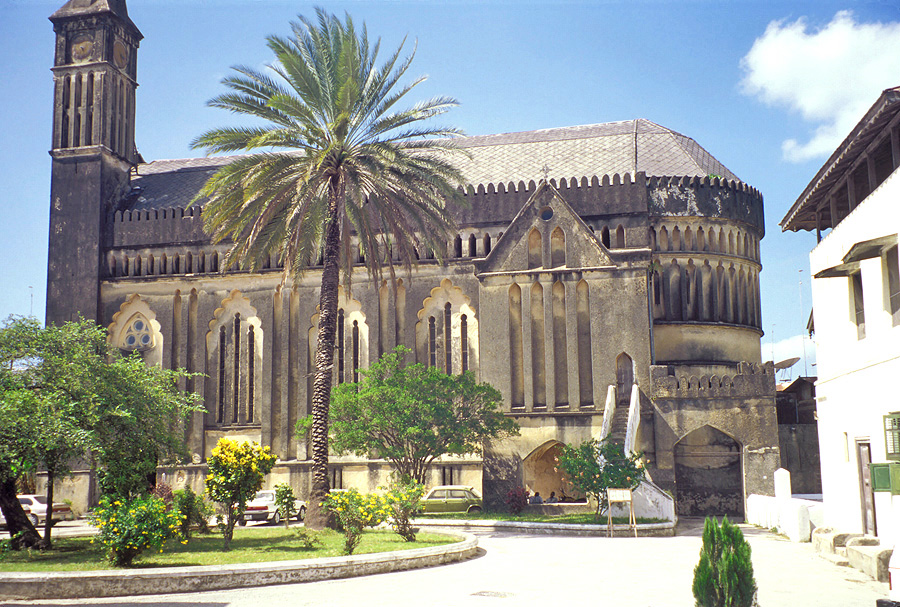
where slaves were previously auctioned off. In fact, the interior altar is located adjacent to a circular piece of marble
that marks the exact spot of the former whipping post -
Stone Town; Zanzibar, Tanzania
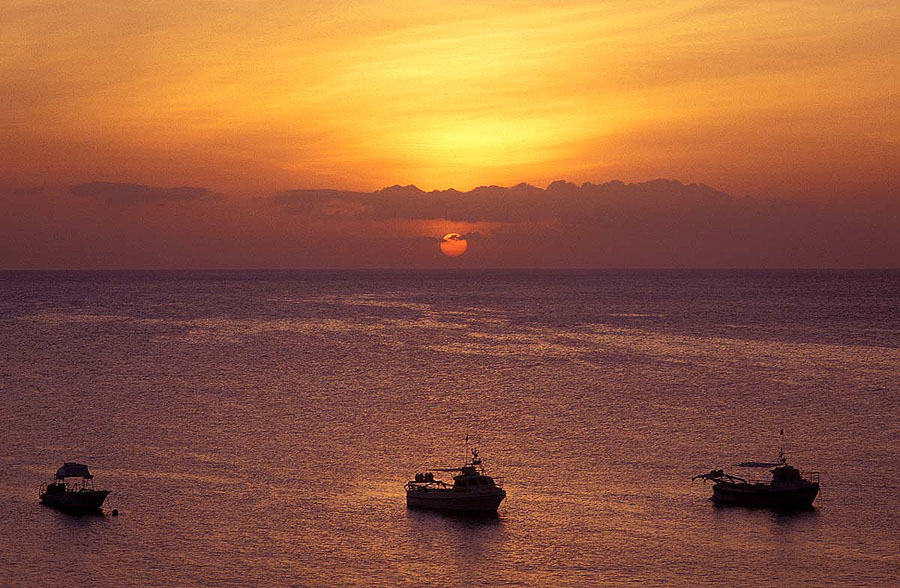
Stone Town; Zanzibar, Tanzania
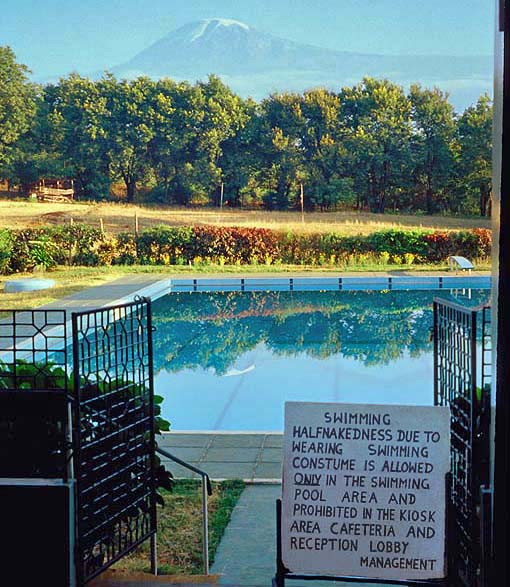
Moshi, Tanzania
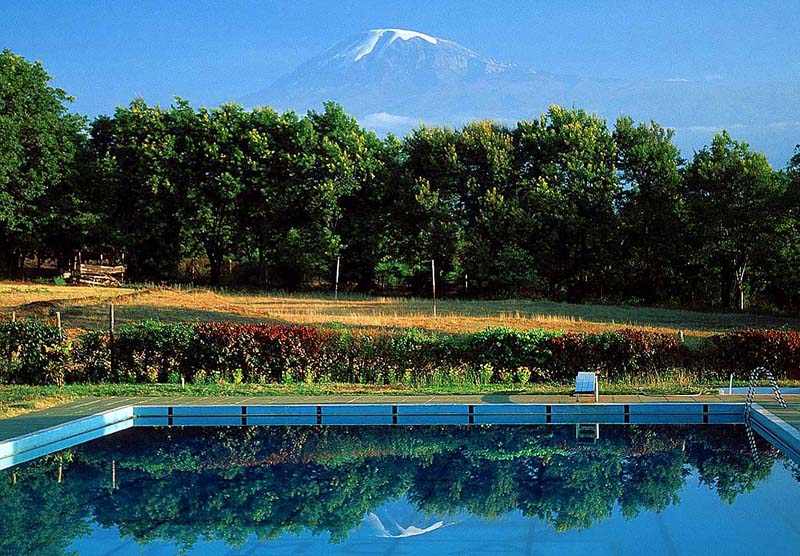
Moshi, Tanzania
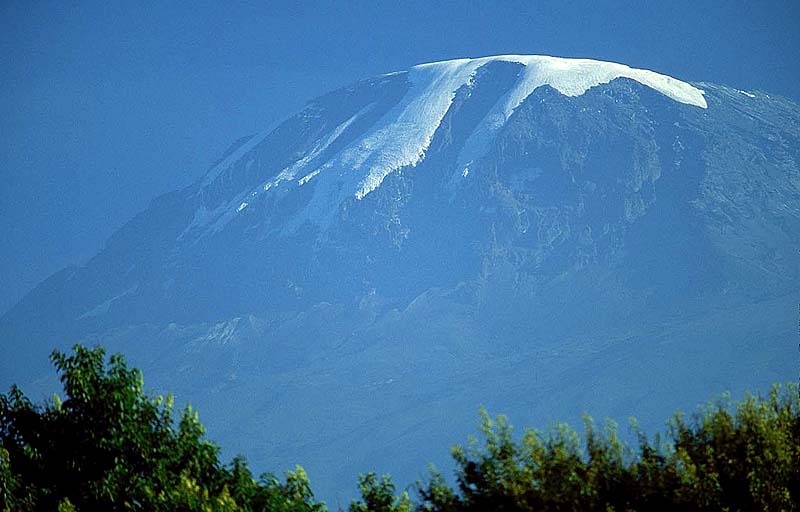
Moshi, Tanzania
© BrianKMiller.com
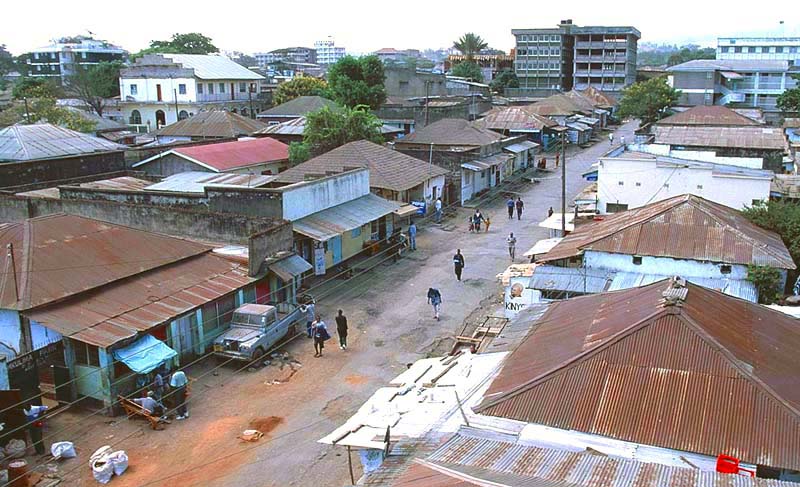
and unbelievably persistent safari company peddlers (a.k.a. "flycatchers") -
Arusha, Tanzania
© BrianKMiller.com
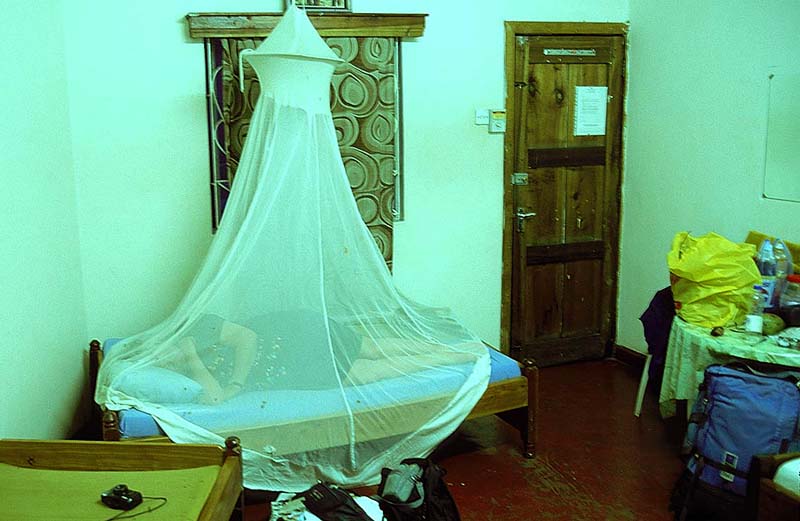
Arusha, Tanzania
© BrianKMiller.com
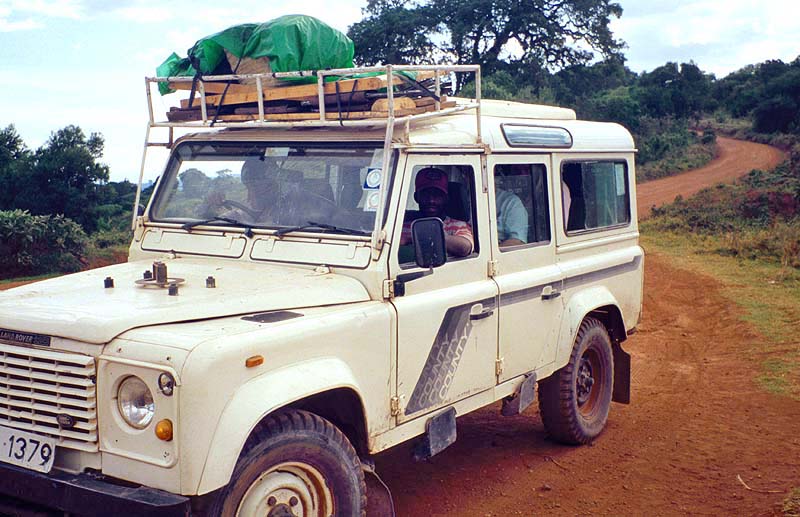
and sputtering Land Rover just as we crested the Ngorongoro's crater rim -
Ngorongoro Crater, Tanzania
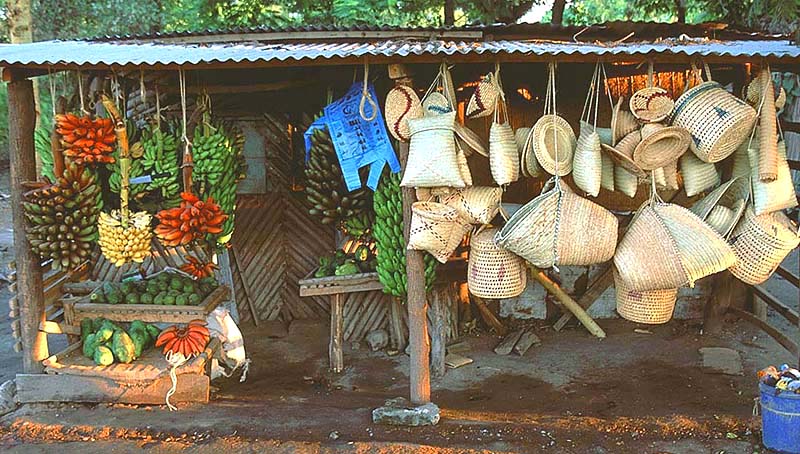
near Tarangire N.P., Tanzania
© BrianKMiller.com
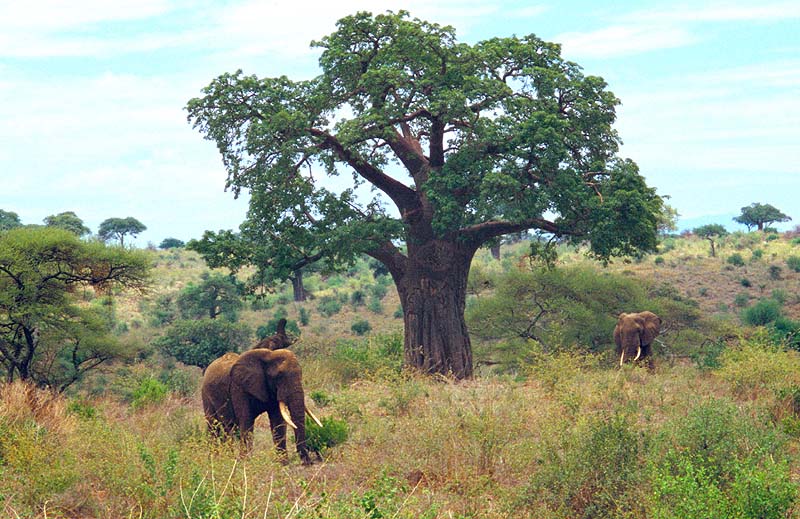
Tarangire N.P., Tanzania
© BrianKMiller.com
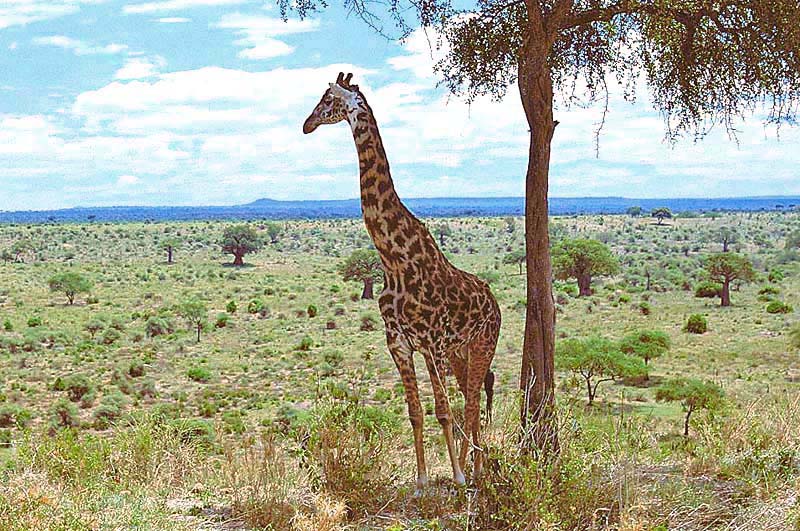
Tarangire N.P., Tanzania
© BrianKMiller.com
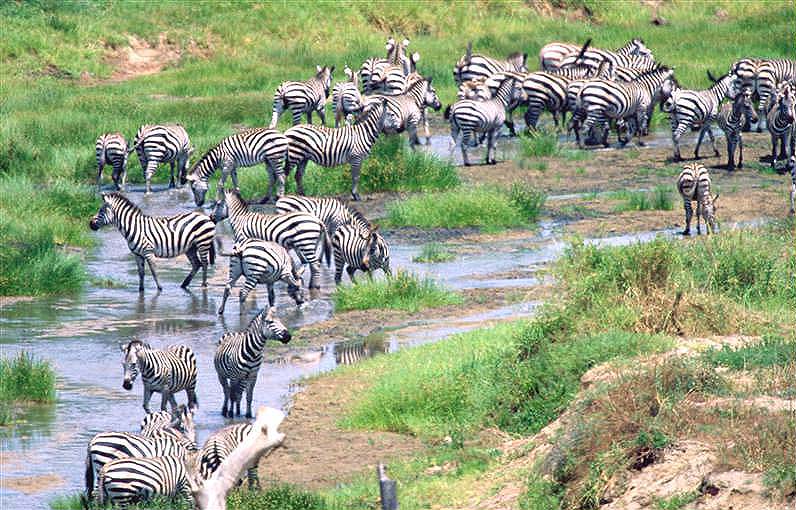
a herd, the plethora of stripes makes it more difficult for a predator to distinguish one animal from another. The stripes on their rear ends
are all horizontal and, in a mass of fleeing zebra, the net effect would be a multitude of stripes that appear to run together.
Another possible benefit of the striping is temperature regulation as the extreme difference in heat absorption
between the black and white hair may create air movement next to the animal's skin to aid in cooling -
Tarangire N.P., Tanzania
© BrianKMiller.com
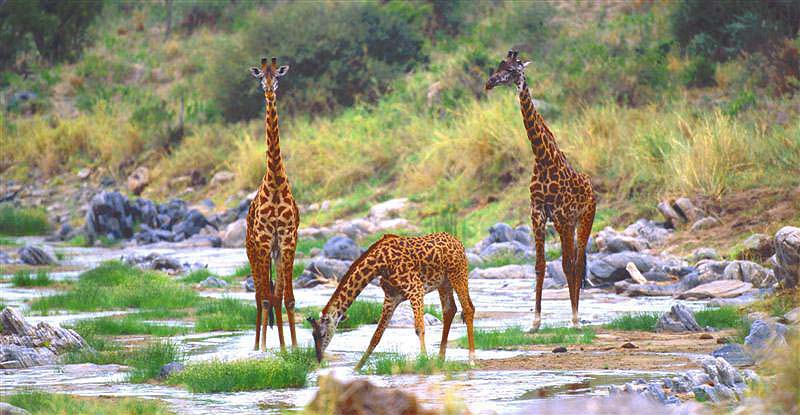
blood pressure would burst the blood vessels in the brain. The giraffe has valves in the veins and blood vessels of the neck to constrict blood flow
to the brain when the head is lowered so that the giraffe can safely take a drink. However, should a lion attack and the giraffe need to raise its head quickly, a sponge-like device near the base of the brain will provide a continuous supply of oxygenated blood so that the animal does not pass out! -
Tarangire N.P., Tanzania
© BrianKMiller.com
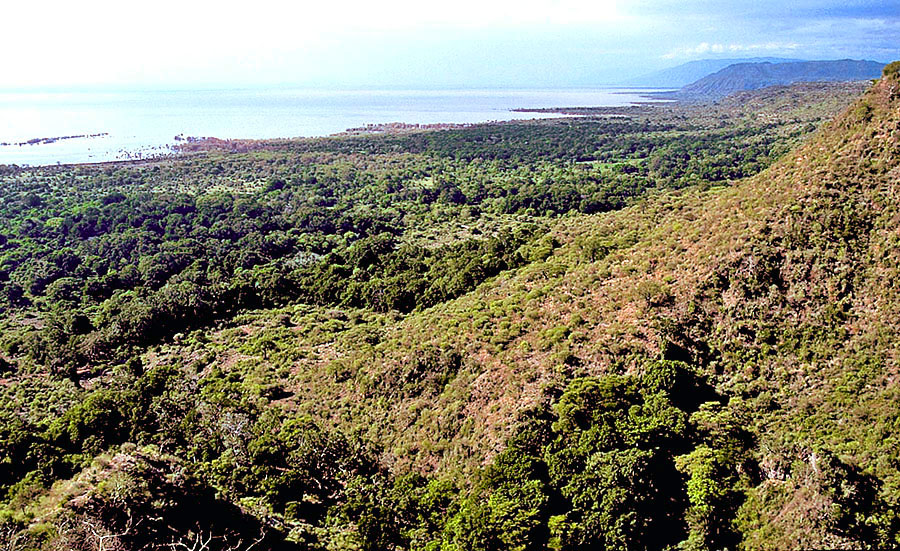
called a "Garden of Feedin'" due to the large mammals - including predators - that inhabit this park -
Tarangire N.P., Tanzania
© BrianKMiller.com
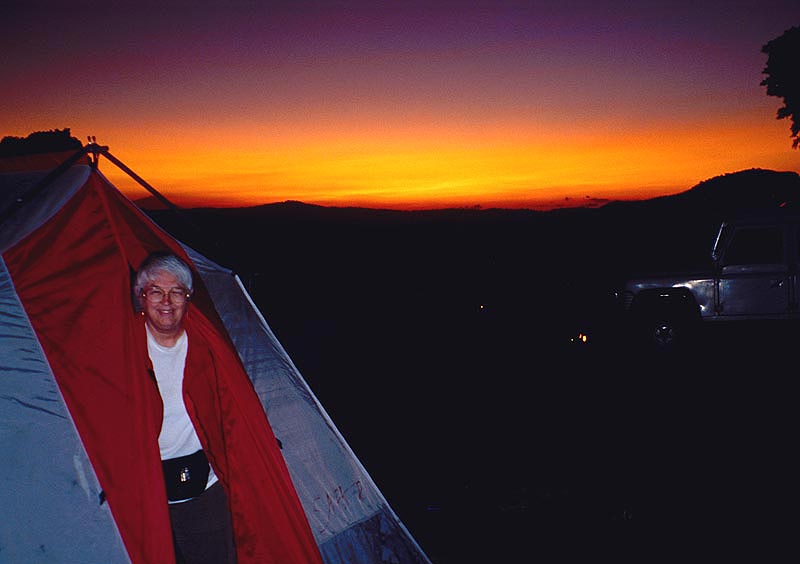
Ngorongoro Crater, Tanzania
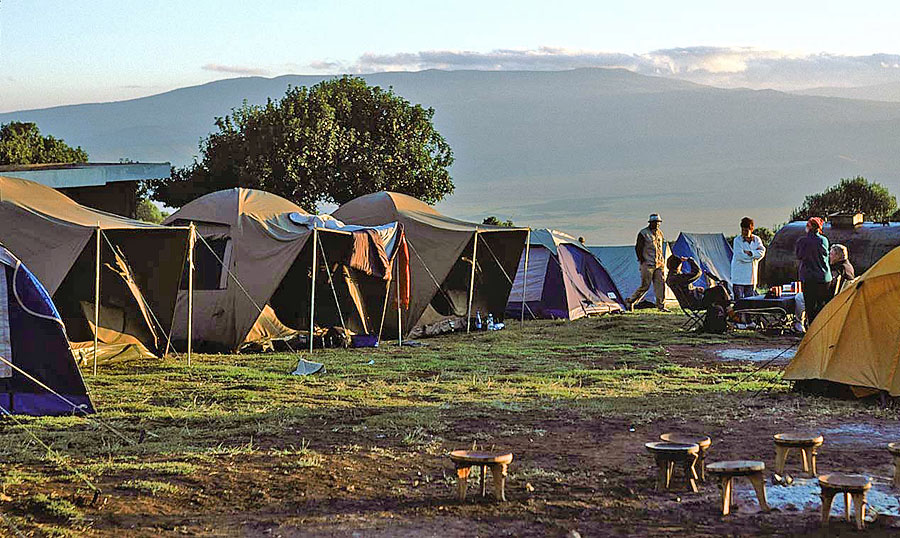
Ngorongoro Crater, Tanzania
© BrianKMiller.com
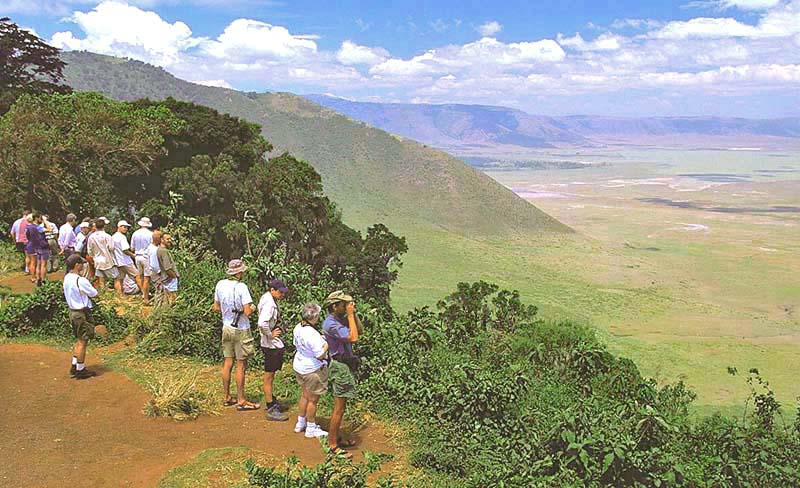
(estimated to be feet 15,000 to 19,000 feet in height) exploded a long, long time ago. Approximately 25,000
large mammals live within the crater including Africa's highest density of mammalian predators -
Ngorongoro Crater, Tanzania
© BrianKMiller.com
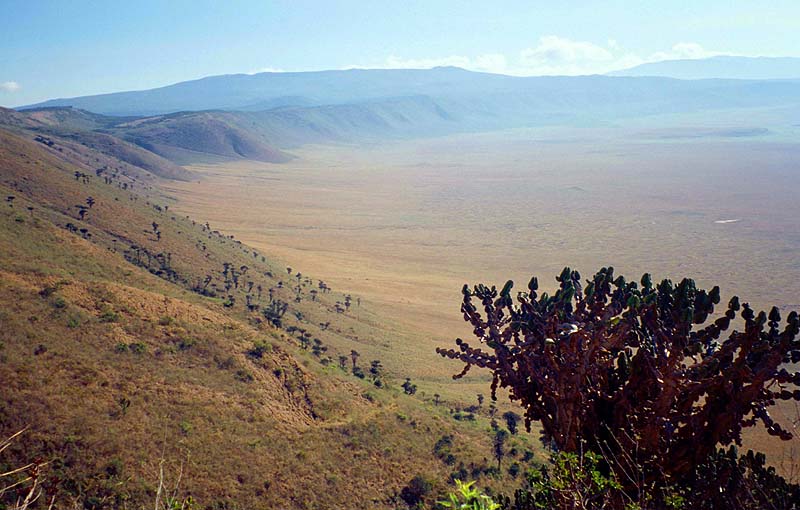
Ngorongoro Crater, Tanzania
© BrianKMiller.com
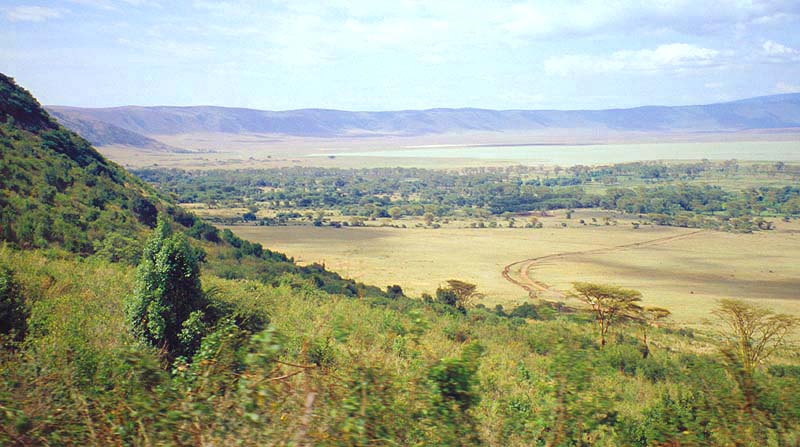
Ngorongoro Crater, Tanzania
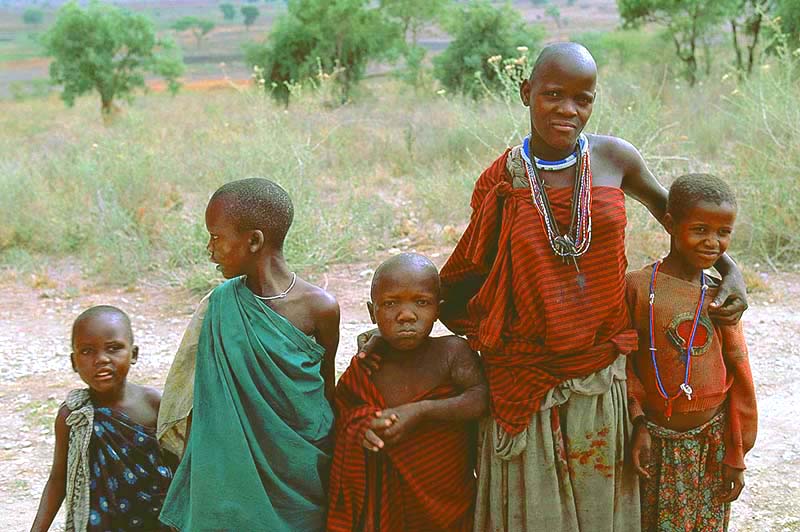
Ngorongoro Crater, Tanzania
© BrianKMiller.com
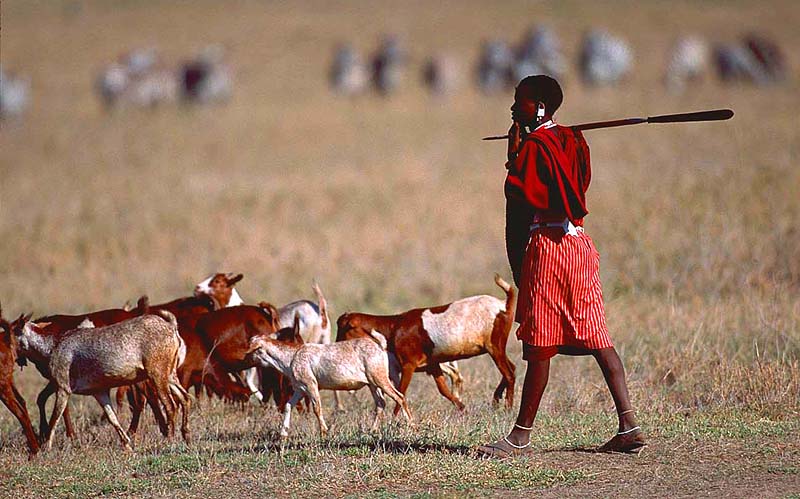
protects the wildlife while allowing human habitation and farming - although only at subsistence levels -
Ngorongoro Crater, Tanzania
© BrianKMiller.com
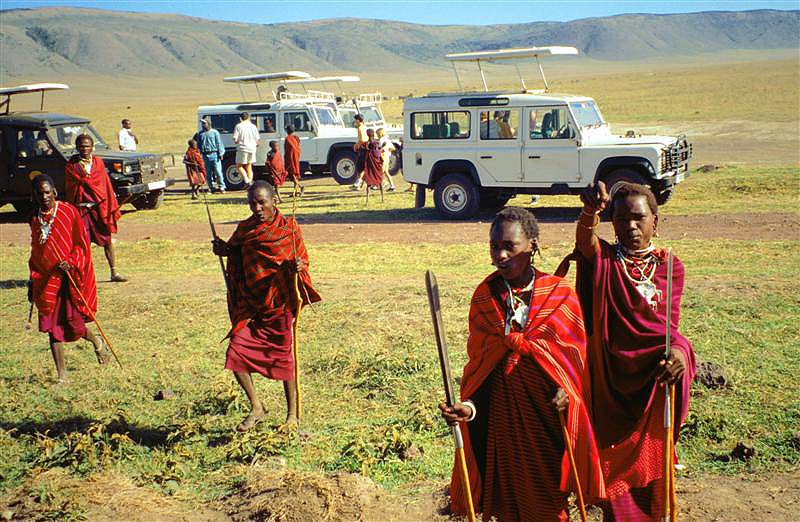
paying them money. We became more than a little uneasy when this group rushed toward our safari vehicle with fingers pointed
at my brother's huge telephoto lens. They accused Brian of sneaking unauthorized photos and demanded payment -
a request that was quickly honored because ... well, they all carried spears! -
Ngorongoro Crater, Tanzania
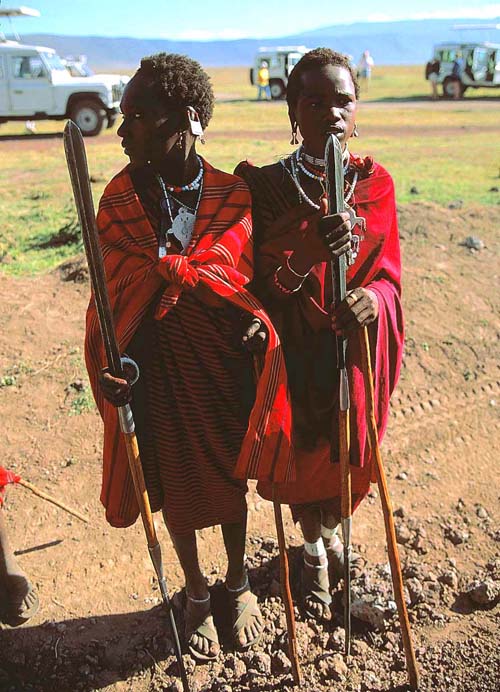
pointed negotiation tools and a little extra money in their pockets -
Ngorongoro Crater, Tanzania
© BrianKMiller.com
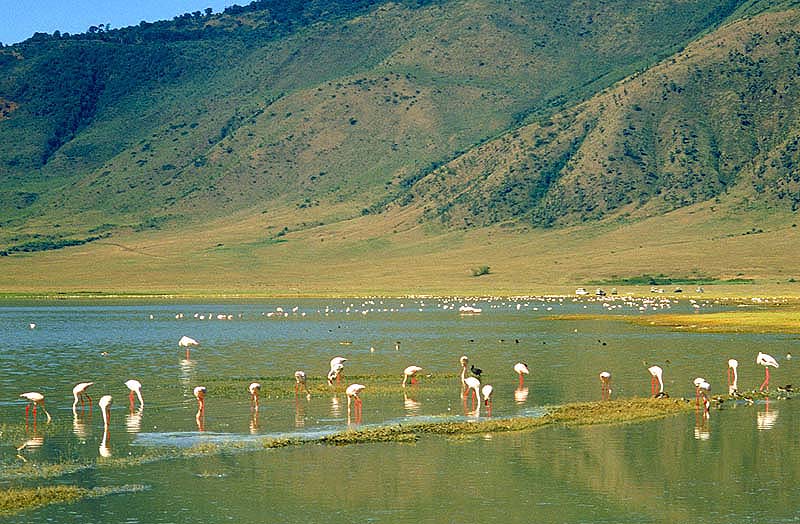
Ngorongoro Crater, Tanzania
© BrianKMiller.com
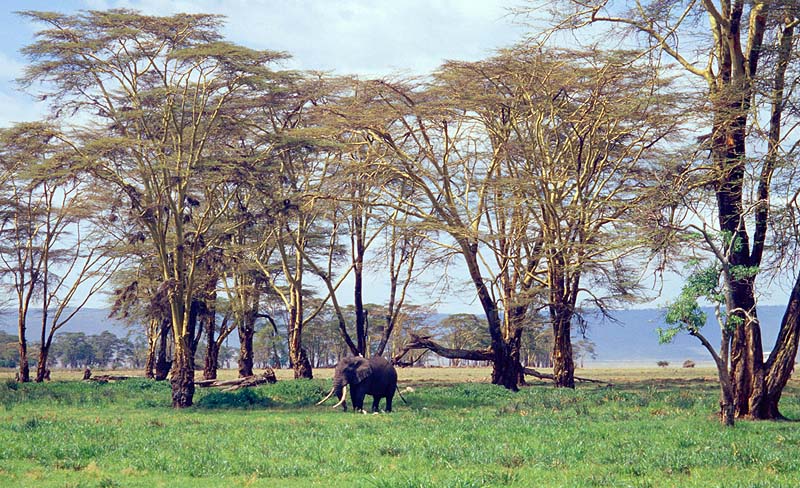
Ngorongoro Crater, Tanzania
© BrianKMiller.com
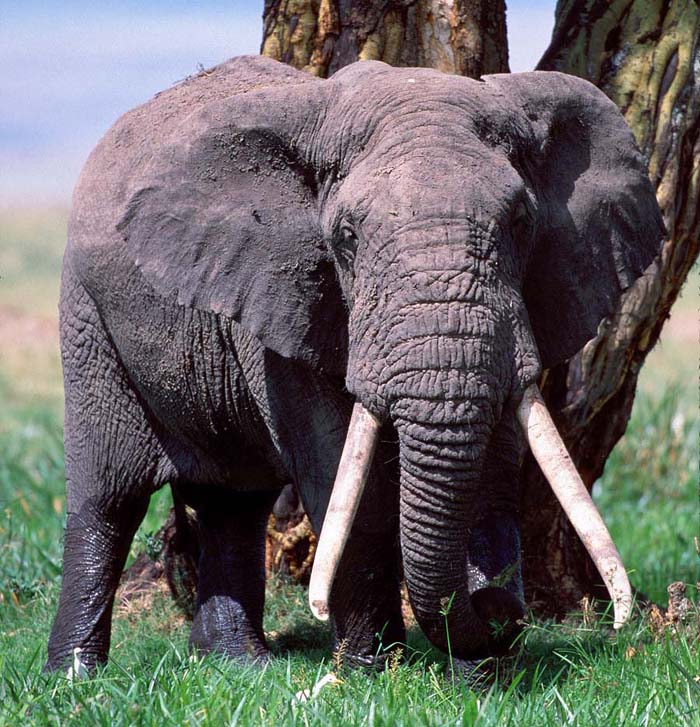
mere twigs. The sharp cracking sounds of the breaking branches echoed across the crater like gunshots. With the engine shut off, even
the munching of bark was clearly audible. Most elephants do not die form predators but from starvation after they no longer produce
replacement teeth. An unwavering truth in the world, for all animals, is that life is a constant struggle against the alternative -
Ngorongoro Crater, Tanzania
© BrianKMiller.com
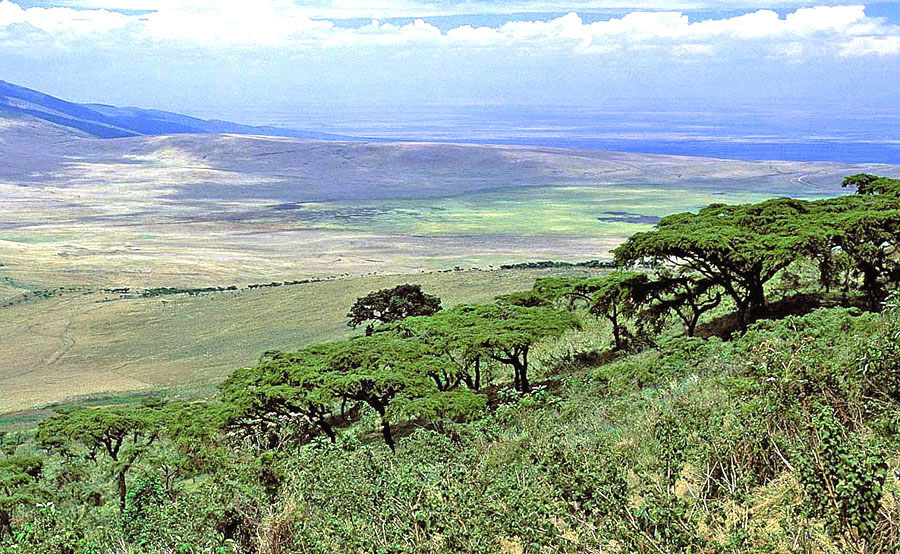
Ngorongoro Crater, Tanzania
© BrianKMiller.com
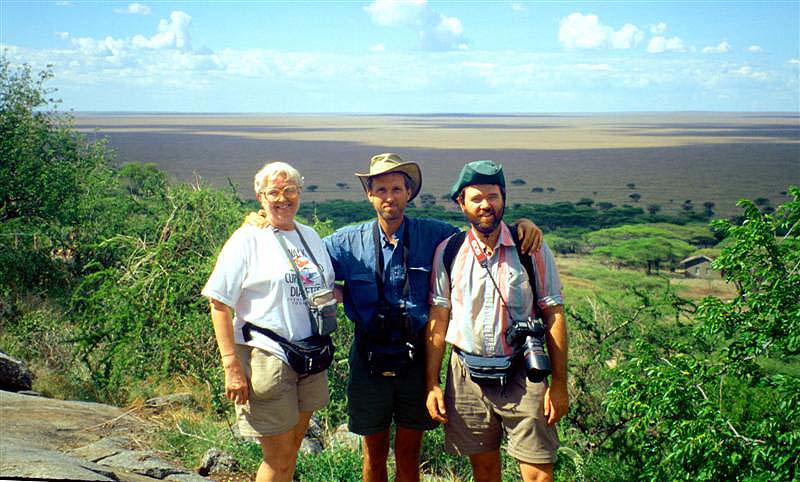
Serengeti N.P., Tanzania
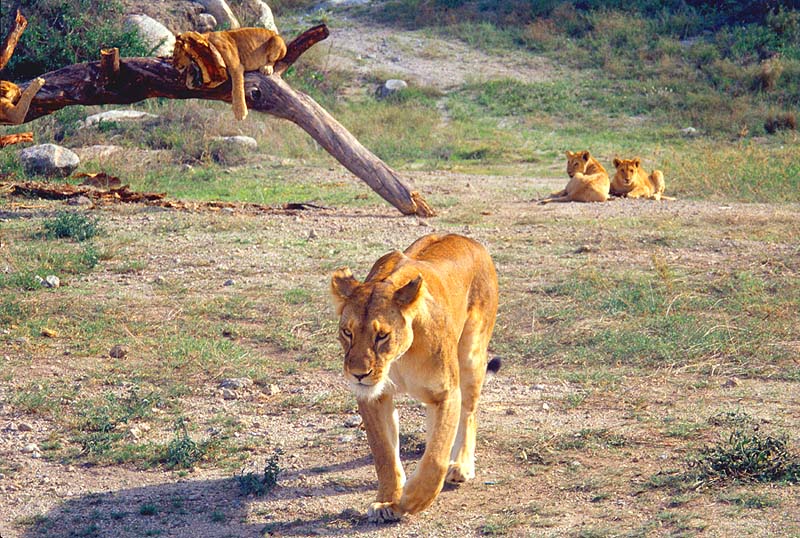
Serengeti N.P., Tanzania
© BrianKMiller.com
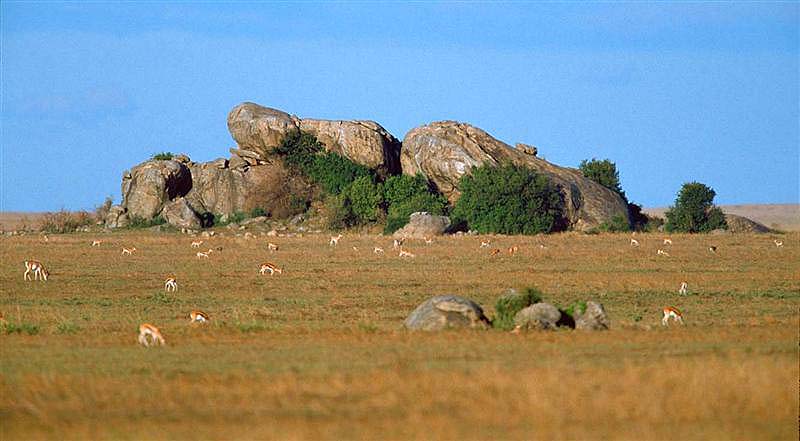
Serengeti N.P., Tanzania
© BrianKMiller.com
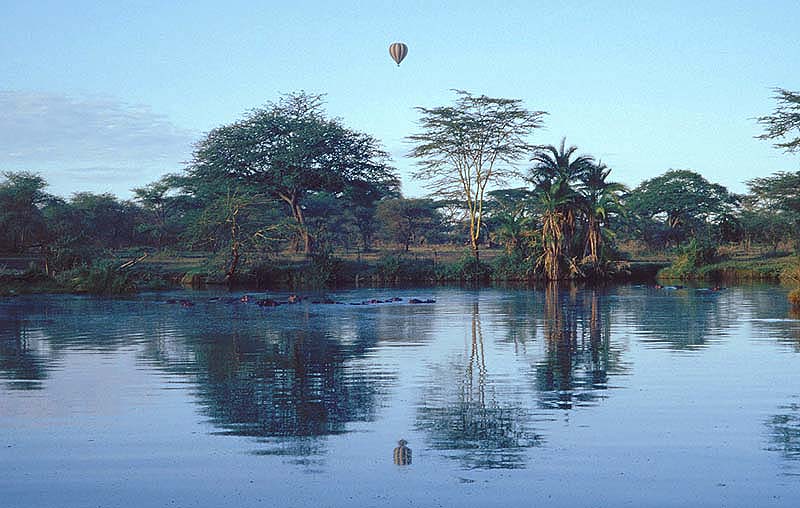
Serengeti N.P., Tanzania
© BrianKMiller.com
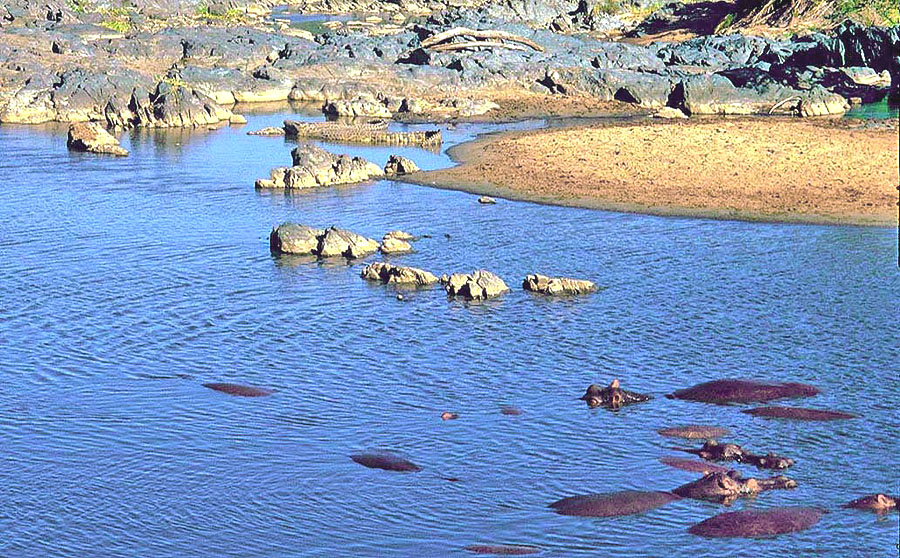
Serengeti N.P., Tanzania
© BrianKMiller.com
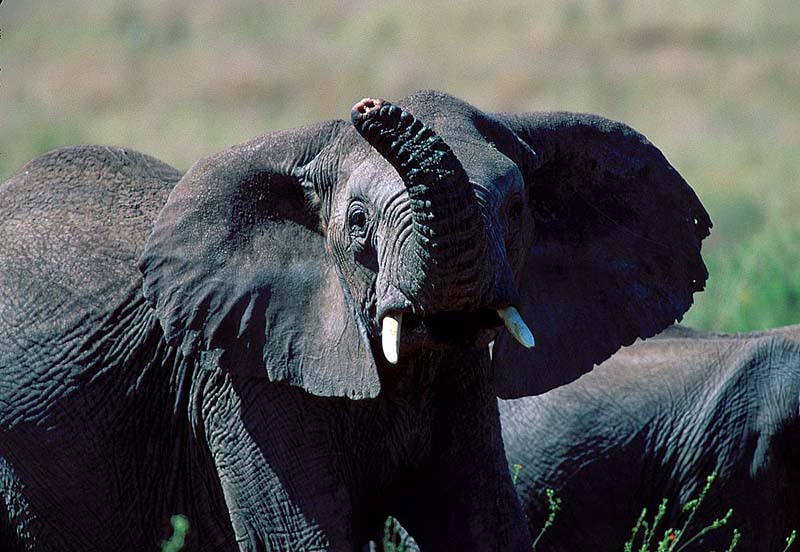
Serengeti N.P., Tanzania
© BrianKMiller.com
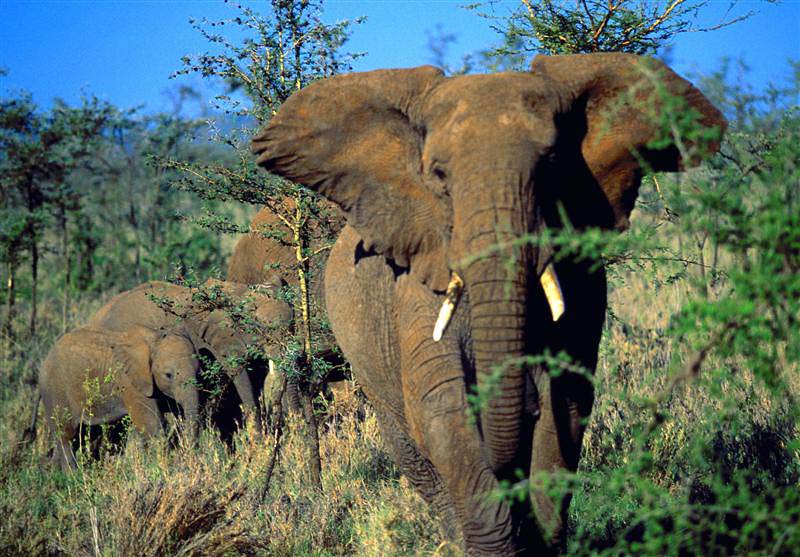
even more intimidating, charged our jeep. It was thrilling to try and anticipate each charge by the subtle changes in their body language.
The elephants slowly worked up a fury, usually swaying side to side with accentuated trunk movements just before each charge.
Although the consequences of a charge can be deadly, we could not seem to contain
our laughter - that is, only after realizing that the charge was a bluff! -
Serengeti N.P., Tanzania
© BrianKMiller.com
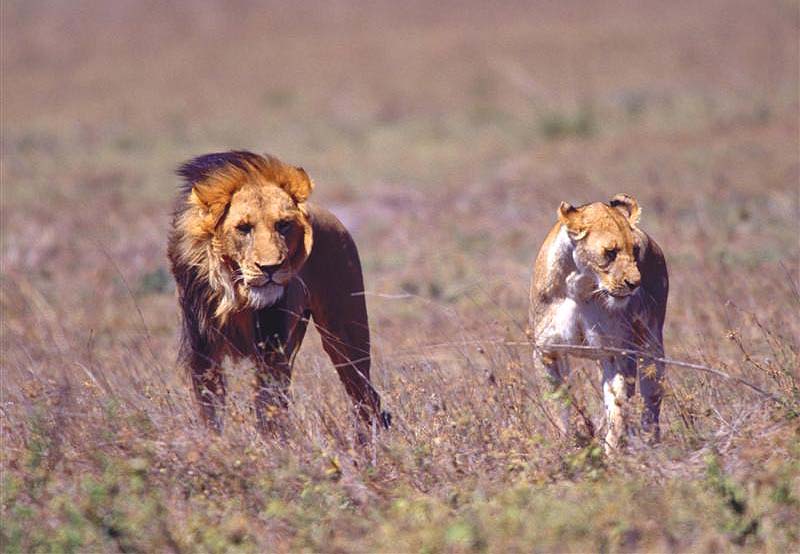
Serengeti N.P., Tanzania
© BrianKMiller.com
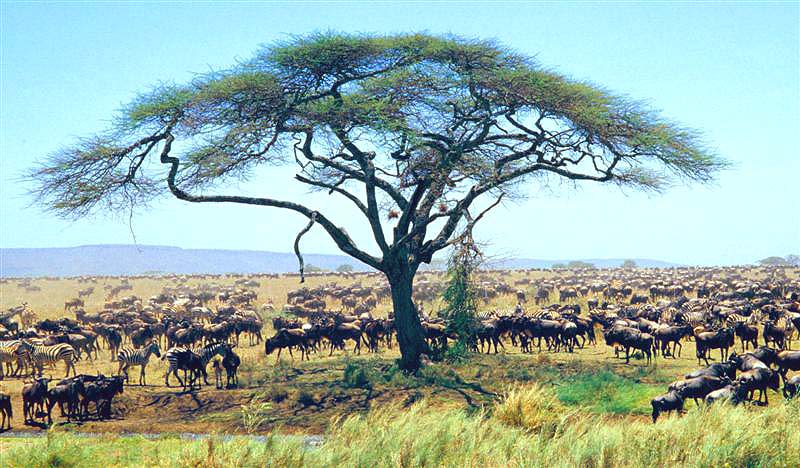
Serengeti N.P., Tanzania
© BrianKMiller.com
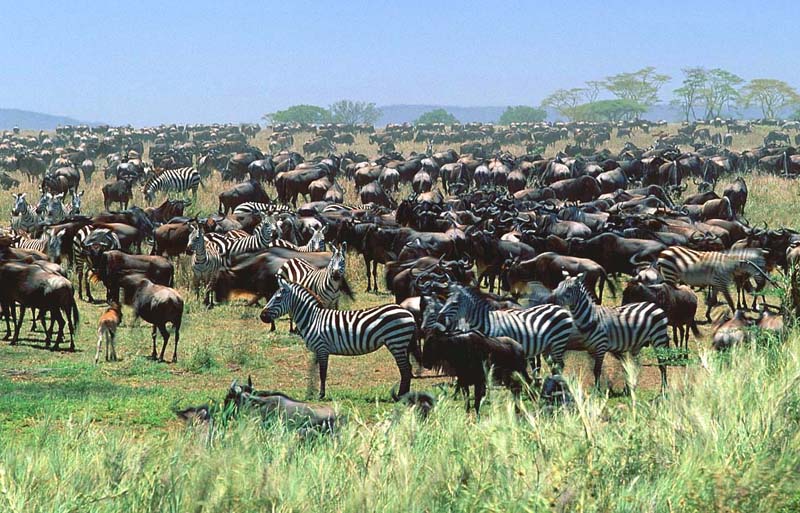
spidery legs, looks more like Bambi than a homely, adult wildebeest. Sadly, the youngster continually approached the other animals in a
desperate attempt to locate its mother. The other animals showed no sympathy, as the wildebeests lowered their heads in an attempt to
gore the helpless orphan while the zebra kicked at it with their hind legs. The herd animals instinctively try
to kill orphans, as their eventual weakened condition will attract predators -
Serengeti N.P., Tanzania
© BrianKMiller.com
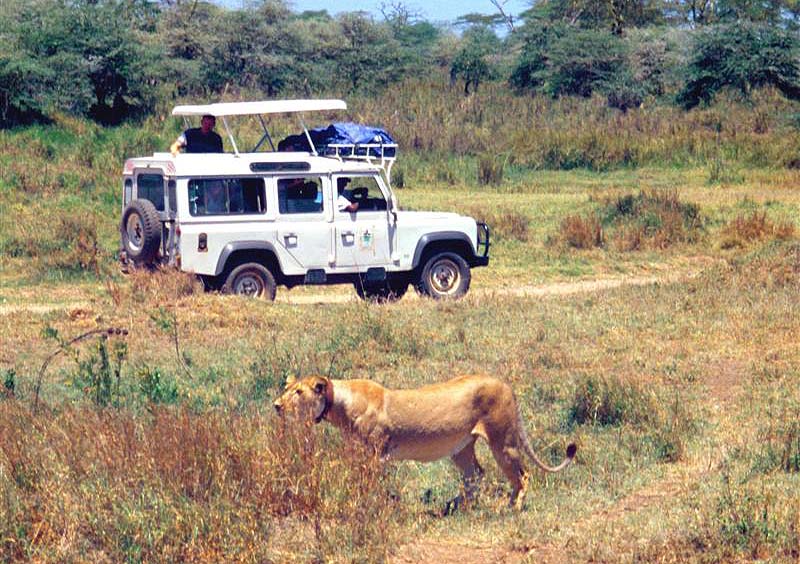
has attracted the attention of this collared lioness -
Serengeti N.P., Tanzania
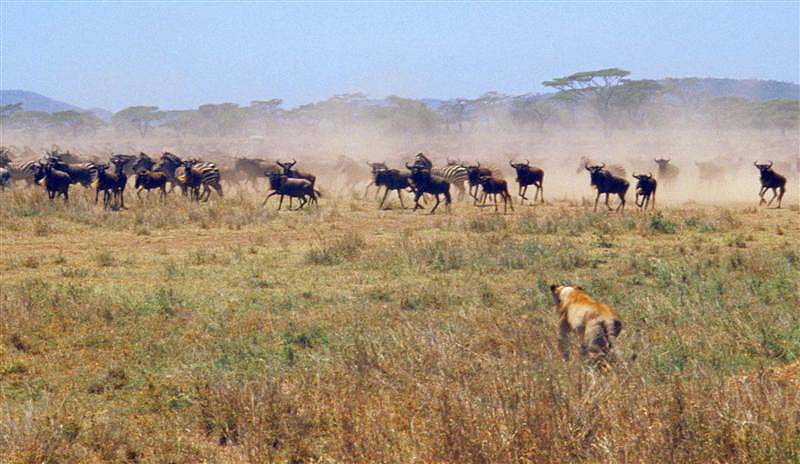
Serengeti N.P., Tanzania
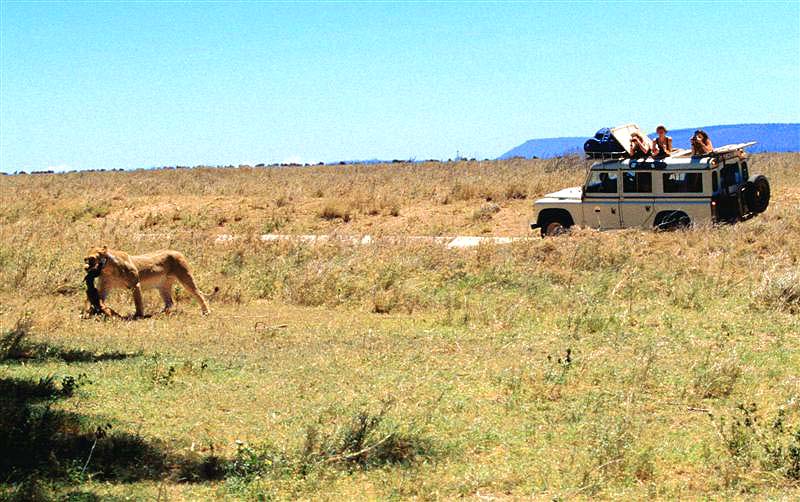
The animals practically ignore the vehicles as if they are part of the natural environment. In fact, because the animals
have been around tourist vehicles all of their lives, they are perceived as nothing more than metal, moving bushes -
Serengeti N.P., Tanzania
© BrianKMiller.com
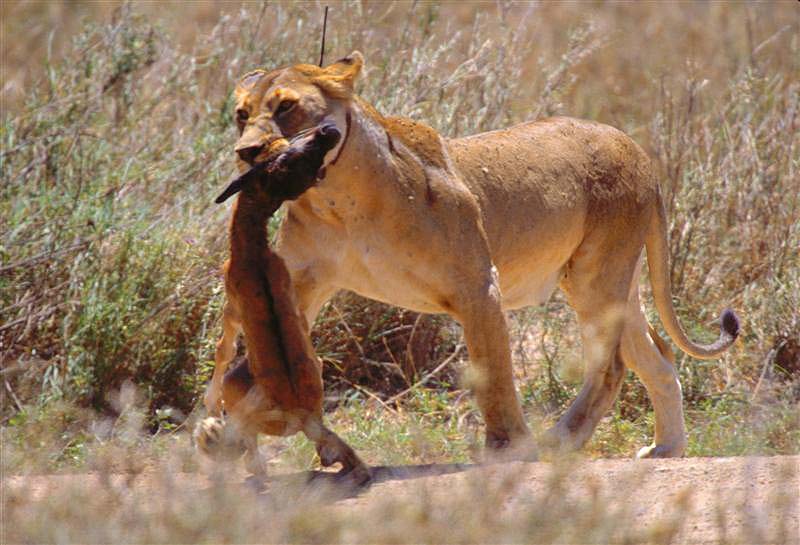
Serengeti N.P., Tanzania
© BrianKMiller.com
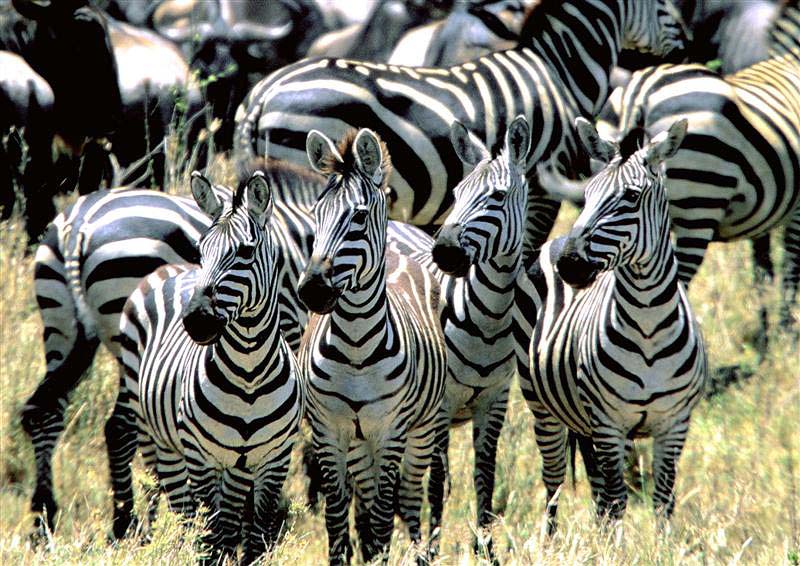
Serengeti N.P., Tanzania
© BrianKMiller.com
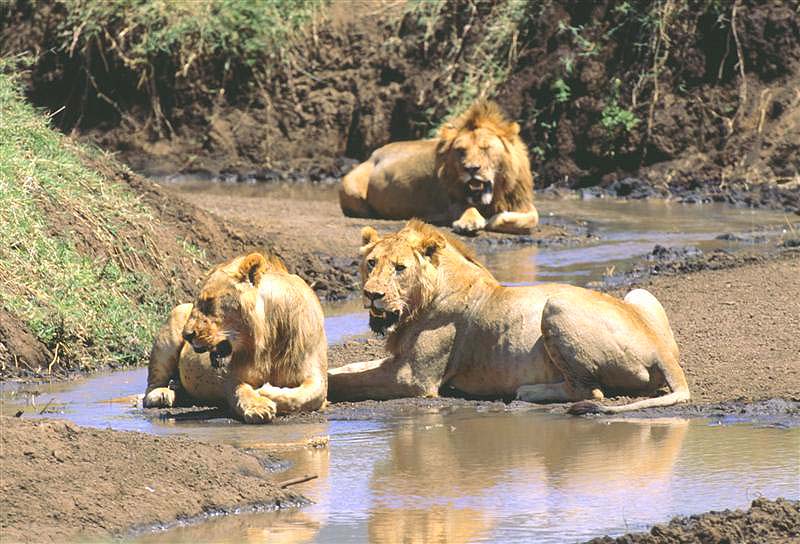
Ngorongoro Crater, Tanzania
© BrianKMiller.com
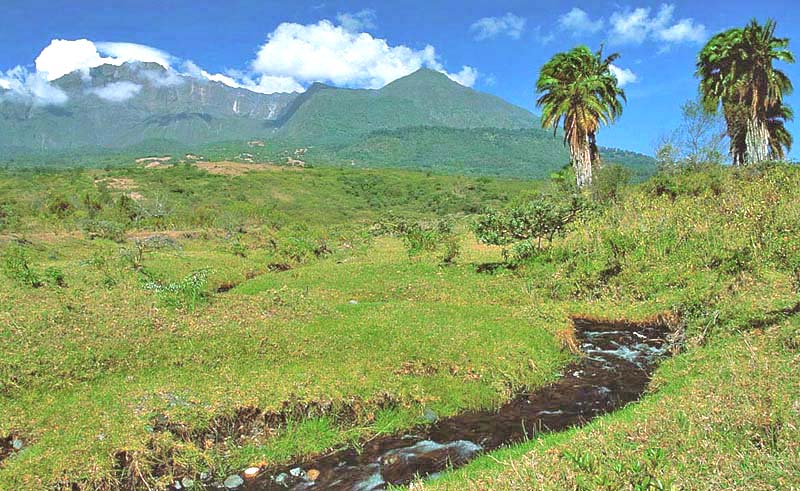
Arusha N.P., Tanzania
© BrianKMiller.com
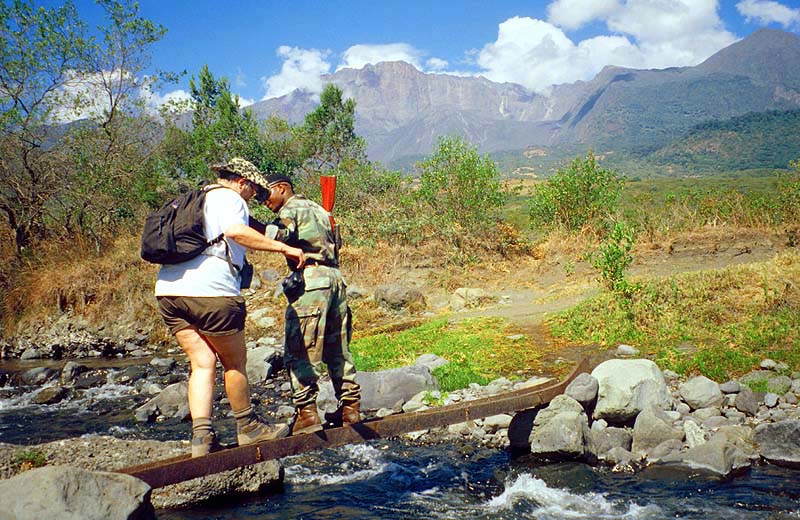
Arusha N.P., Tanzania
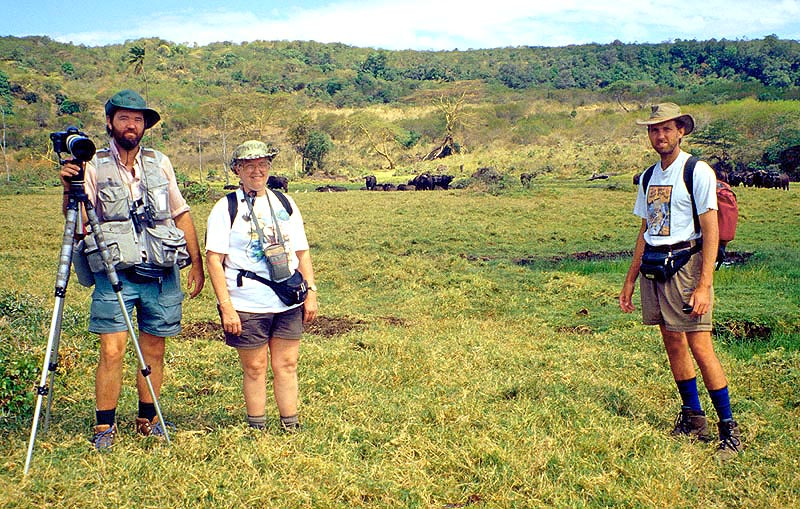
Arusha N.P., Tanzania
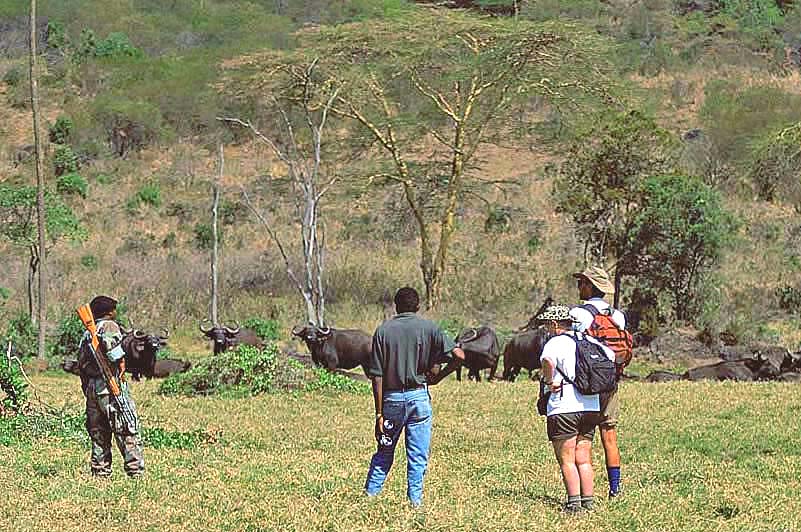
without the safe confines of a vehicle was an entirely different experience -
Arusha N.P., Tanzania
© BrianKMiller.com
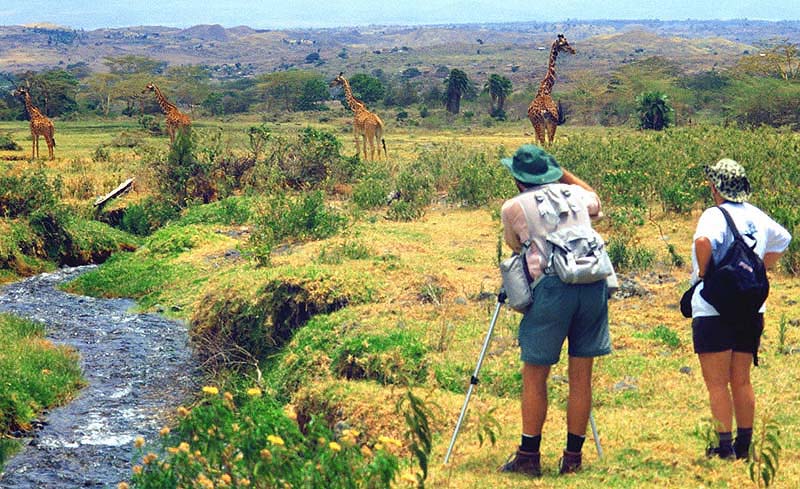
Arusha N.P., Tanzania
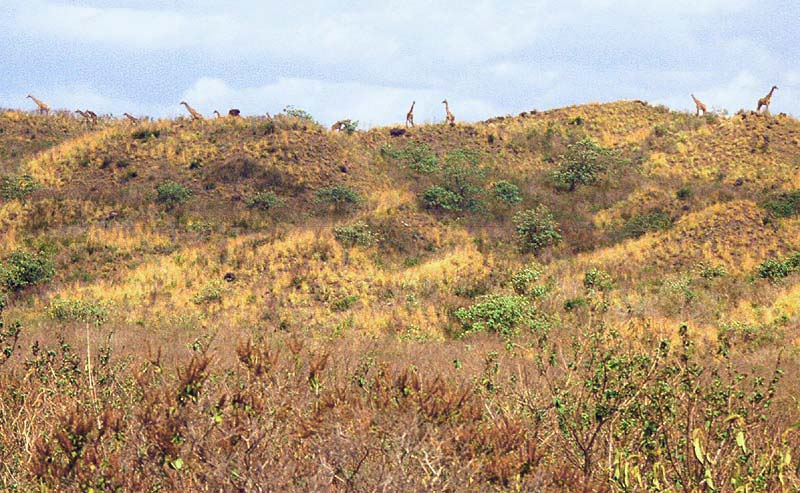
The map referred to this area as long-neck ridge, but we couldn't figure out why -
Arusha N.P., Tanzania
© BrianKMiller.com
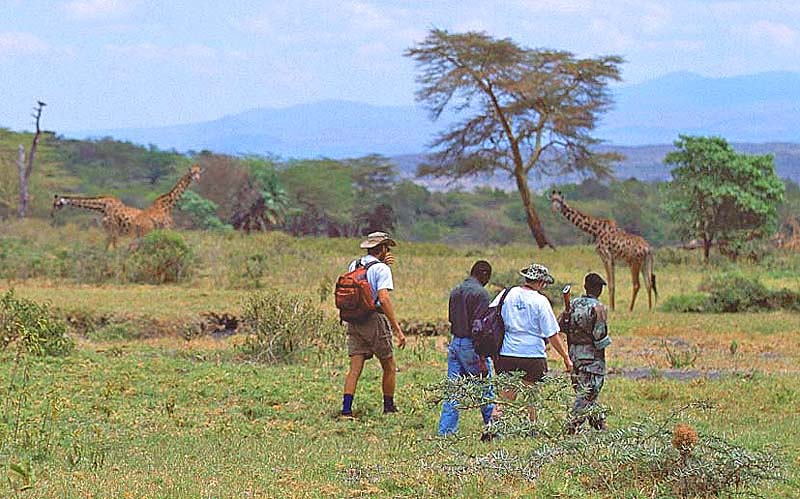
Arusha N.P., Tanzania
© BrianKMiller.com
Return to Photo Index Return to Clickable Map Return to Home Page
For authorized use of these photos, please contact Ron Miller at TheHappyCannibal@gmail.com